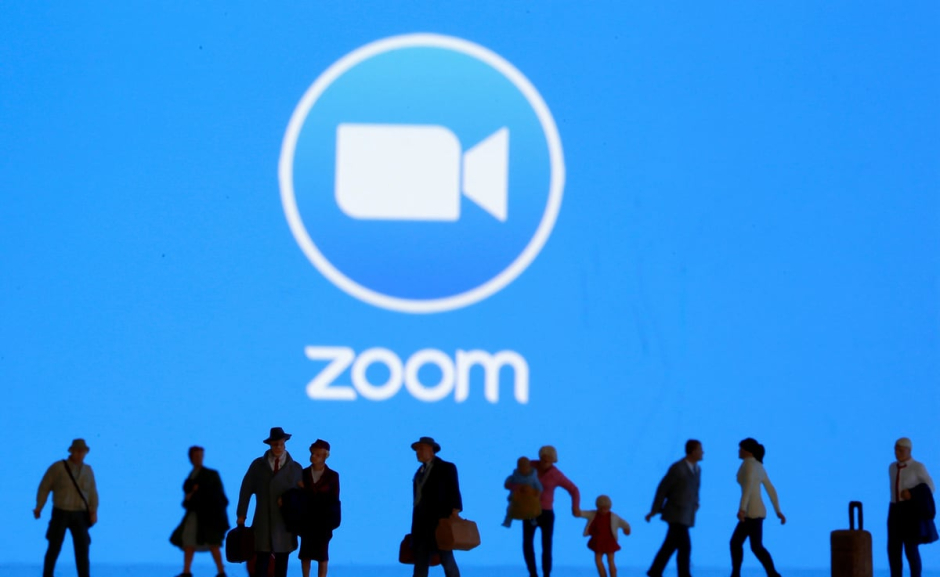After numerous reports of the glaringly obvious holes in their security plans, Zoom, the American communications technology company, set out to rectify the discrepancies in their services. They hatched a 90-day plan and have since been rolling out updates and gradually increasing their security. On Thursday, the 7th of May, Zoom announced that they were finally adding end-to-end encryption to the video-calls of their paying customers; customers that have purchased the offered Pro, Business, or Enterprise plans for their accounts.
In collaboration with Keybase, a New York based start-up that specialises in end-to-end encryption enabled messaging, Zoom plans to offer the kind of encryption that popular instant messaging applications such as WhatsApp offer their customers to protect their private data.
The announcement was made by Eric S. Yuan, the CEO of Zoom, in a blogpost on Thursday. “We are excited to integrate Keybase’s team into the Zoom family to help us build end-to-end encryption that can reach current Zoom scalability,” said Mr Yuan in the post.
The reports of major flaws in Zoom’s encryption system started rolling out in March this year, when millions took to video-conferencing applications to work or study ‘from home.’ Security researchers pointed out that the application only offered transport-layer encryption which made certain information coming from the client’s end visible to Zoom servers. Whereas, with end-to-end encryption, only the people communicating can see the messages and other data being sent; the server also sees the encrypted form of the data and not the data itself.
Many shareholders at Zoom have since sued the company for failing to disclose this information.
The end-to-end encryption, however, will only be offered to Zoom’s paying customers. Once the host enables this feature, any cloud-based recording of the conference will be disabled, and participants will be unable to join by phone.
“We believe this will provide equivalent or better security than existing consumer end-to-end encrypted messaging platforms, but with the video quality and scale that has made Zoom the choice of over 300 million daily meeting participants, including those at some of the world’s largest enterprises.”












